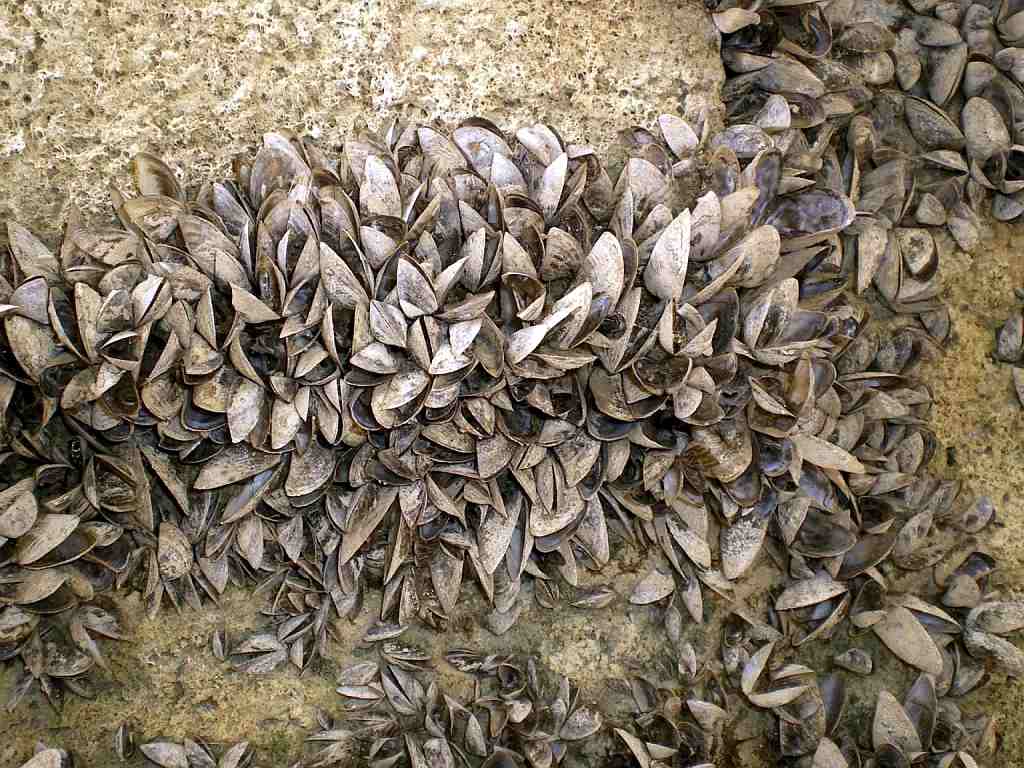In the serene waters of Spain’s Ebro River, a growing menace lurks beneath the surface – invasive catfish. This article delves into the profound effects of these unwelcome guests and how invasive catfish impact the Ebro river ecosystem.
The Catfish Invasion
The invasion of catfish in the Ebro River is a story that began decades ago. In the early 1970s, these formidable creatures, known scientifically as Silurus glanis, were introduced into the Mequinenza reservoir by fishermen seeking a new catch. Their origin traces back to the Danube and Volga rivers in central Europe. These native habitats provided the catfish with ample space to grow and thrive, reaching staggering sizes. Reports from the 18th and 19th centuries describe specimens weighing up to a colossal 375 kilograms and measuring up to 3 meters in length.
I’ve been living in this lovely area of Western Andalucia for the last 20 years or so and dedicate most of my time to the running of English language tourist information websites for the towns of Cádiz, Ronda, Grazalema, the famous or infamous Caminito del Rey, and also Wildside Holidays, which promotes sustainable and eco-friendly businesses running wildlife and walking holidays in Spain. My articles contain affiliate links that will help you reserve a hotel, bus, train or activity in the area. You don’t pay more, but by using them you do support this website. Thankyou!



